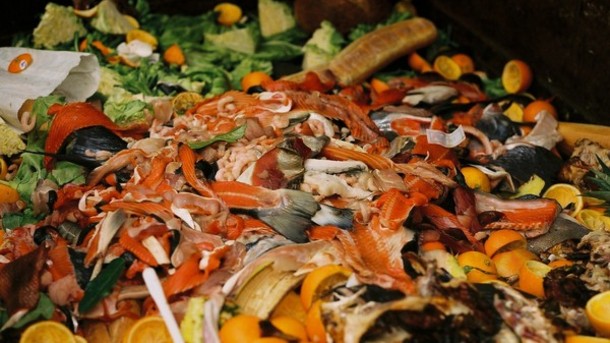The US Environmental Protection Agency (EPA) is challenging food firms, cities, businesses, and others to join forces and stop food waste.
The EPA recently partnered with the City of Dallas, AT&T Stadium, Rock and Wrap it Up, and Food Source DFW to prevent tons of food from going to waste in the Dallas region. During the recent NCAA Final Four college basketball tournament, their joint efforts diverted 2,800 pounds of food from landfills to local homeless shelters.
Environmental progress
Jennah Durant, representative for EPA Region 6, told FoodProductionDaily the agency’s Food Recovery Challenge and other initiatives are making strides in fighting food waste, a top environmental challenge.
“Wasted food means the resources that went to growing, harvesting, distributing, and cooking it were wasted as well,” she said.
Tons of food lost
Durant added US households and businesses toss approximately 36m tons of food annually; 96% of that is lost in landfills.
“With nearly 15% of American households categorized as ‘food insecure,’ wasted food has profound social implications as well,” she said.
Prevention push
EPA encourages municipalities, businesses, and other entities to pitch in to prevent food waste as part of its Sustainable Materials Management Program, which works to reduce environmental impacts of materials through their life cycle. This includes how they are extracted, manufactured, distributed, used, reused, recycled, and disposed of.
“Thinking of ways to reduce food waste at each of these points can help reduce the amount that’s thrown away every year,” Durant told FPD.
The Food Recovery Challenge invites food firms, agencies, and others to measure, manage, and reduce food waste. For the 2014 challenge, participants have until May 31 to sign up; then, they set goals, plan actions, and track results.
“By participating in the Food Recovery Challenge, businesses and organizations can save money through improved purchasing and preparation practices and reduced waste disposal fees; support their community by using food to feed people, not landfills; and reduce their environmental footprint and greenhouse gas emissions,” Durant said.


Post a comment